From November 8, 2025 to February 15, 2026, theAntico Ospedale San Giuseppe in Empoli will host the exhibition Provincia Novecento. Art in Empoli 1925-1960, sponsored by the Municipality of Empoli and the Fondazione CR Firenze. The exhibition, curated by Belinda Bitossi, Marco Campigli, Cristina Gelli and David Parri, aims to reconstruct one of the most fertile and important seasons in the city’s cultural history. At a distance of a century, the initiative recounts how, in an apparently peripheral context, one of the most lively and original artistic experiences of the Tuscan twentieth century was born. Set up in the west wing of the Antico Ospedale, the exhibition finds space in a building that represents one of the city’s identity roots. Commissioned in the 18th century by Dr. Giuseppe del Papa and completed in 1765 above the southern walls, the “spedale” has accompanied Empoli’s civic life for more than two centuries. The structure has gone through expansions and transformations, maintaining a central role in the urban fabric until the divestment of its health function in 2008. Since then, the municipal administration has promoted an extensive recovery and enhancement project, returning to the community a monumental complex now converted to a cultural and public service space.
“The Old Hospital is a place in the heart of so many Empolians, where generations of Empolians have been born over the decades,” says Empoli Mayor Alessio Mantellassi. “The news of the reopening of the complex through Provincia Novecento was greeted with joy and I invite everyone and everyone to visit the exhibition during the opening period. You will be able to return, almost as if on a journey through time, to relive the Empolese atmosphere of those years through the art left to us by such illustrious names as Carmignani, Gemignani, Maestrelli and all the others, inside the renovated Leopoldine Hall. From next year imagine bringing to the complex of this ancient hospital the works related to green glass, the Gallery of Modern Art, the Paleontological Museum, Casa Vanghetti currently inaccessible, in a coherent path for the good of the city.”
“In Empoli, between the mid-1920s and the end of the 1950s, a figurative movement was born that managed to share new forms of representation of reality and a poetic world,” says Culture Councillor Matteo Bensi. “The exhibition ’Province of the Twentieth Century’ is an extraordinary history lesson in images and helps to recompose the atlas of the collective memory of Empoli and of so much of the Italian twentieth century.”
“This exhibition represents an important work of historical and cultural reconstruction, restoring light to an often forgotten heritage,” says Bernabò Bocca, president of Fondazione CR Firenze. “Provincia Novecento invites us to rediscover artists, works and contexts that have contributed to defining the identity of our territory, restoring value and awareness to collective memory. As a Foundation, we believe that knowing and enhancing our heritage is the first step to generate new forms of participation and to build an increasingly lively dialogue between the generations of yesterday and today.”
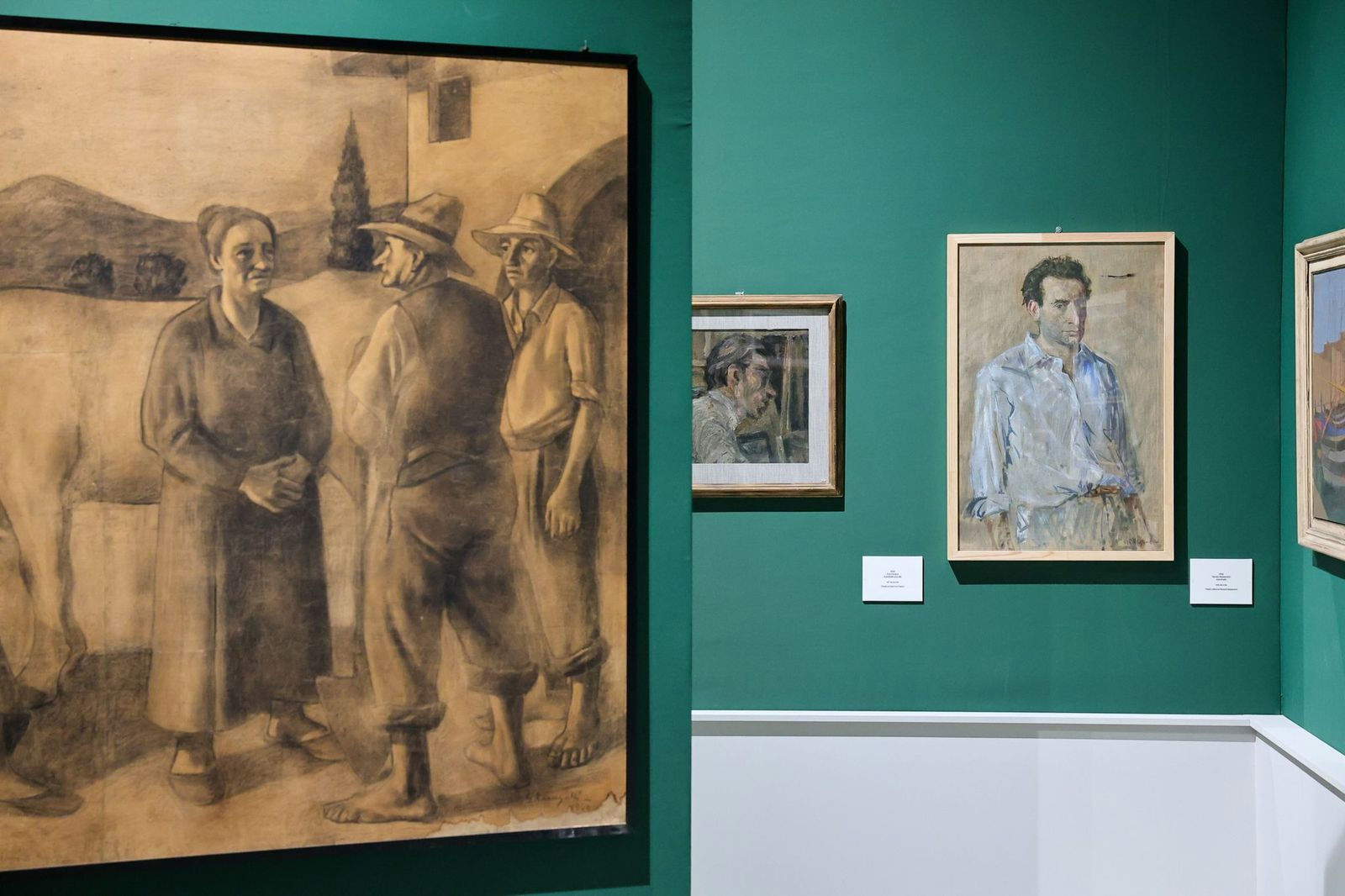
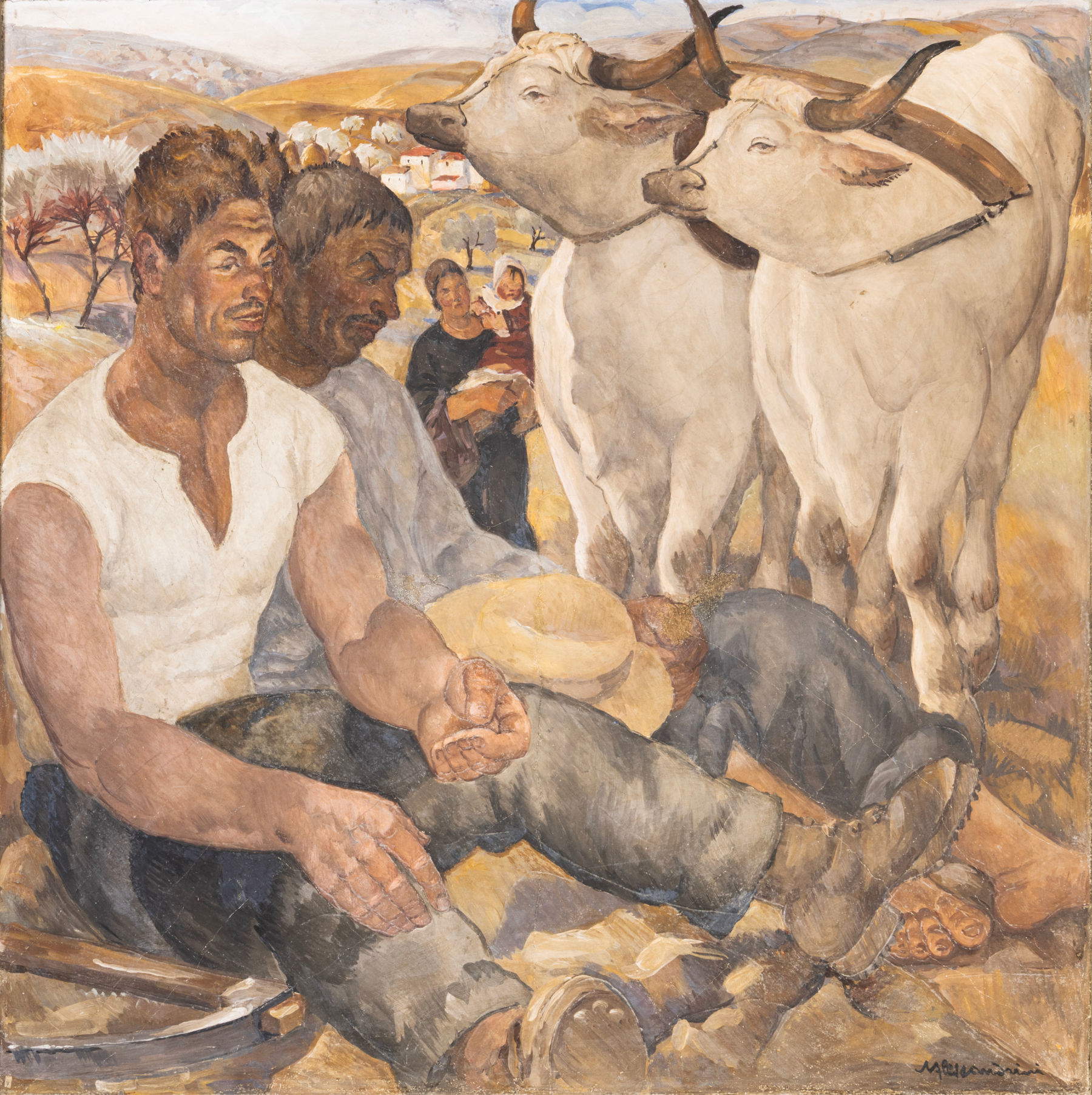
The exhibition brings together more than 150 works, many of them previously unpublished, from public and private collections. Paintings, sculptures, drawings and photographs restore the legacy of a generation of artists who reached full maturity in the late 1930s and early 1940s. Provincia Novecento documents thirty-five years of human and artistic events that transformed Empoli into a laboratory of ideas, capable of dialoguing with modernity and of inserting itself in the broader national panorama as a province of the twentieth century.
The exhibition itinerary begins in 1925, in the little room on Via Tripoli, where two teenagers, Mario Maestrelli andVirgilio Carmignani, brought together a group of young art lovers. From that experience was born a creative community destined to leave a deep mark on the area. That embryonic movement was joined in the following years by other protagonists trained at the Porta Romana Art Institute in Florence: Amleto Rossi, Ghino Baragatti, Loris Fucini and Sineo Gemignani. The exhibition is divided into eight sections that accompany the visitor along the evolution of this generation, from the first scholastic trials to the more mature outcomes of the 1950s and 1960s. Alongside the names already mentioned appear those of Renato Alessandrini, Enzo Faraoni, Piero Sedoni, Pietro Tognetti, Gino Terreni and Gigi Boni. Their works traverse realism, abstraction and figurative experimentation, reflecting the cultural and political climate of the period. It is the story of artists who, after their youthful enthusiasms, faced the difficulties of war, imprisonment, the Resistance and reconstruction, continuing to search for languages capable of expressing the complexity of their times.
Empoli, in those years, was not just a provincial town. Behind an apparent quietness, it was a working-class and agricultural center, animated by a middle class attentive to social and cultural transformations. The city’s fabric fostered a fertile environment for dialogue between art and society. Hence the importance of an exhibition that attempts to restore the density of a shared experience. The curators have reconstructed this history through works, documents and archival materials, bringing to light a widespread and partly forgotten heritage. Paintings and sculptures are flanked by preparatory drawings, sketches and period photographs that illustrate the network of relationships between artists, institutions and the territory. The intent is to return an overall picture of a season that, while developing on the fringes of the great artistic centers, was able to elaborate an autonomous and coherent language.
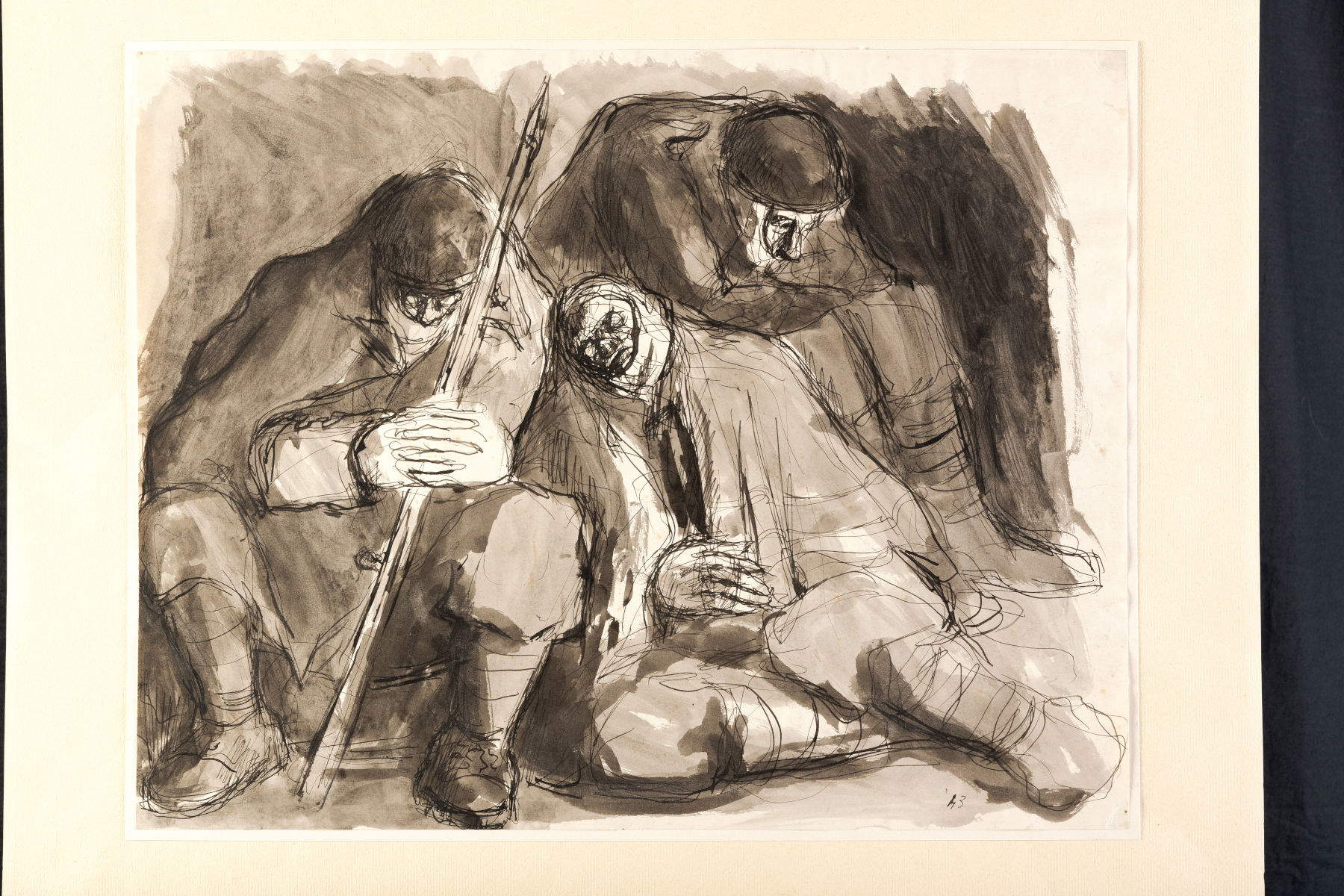
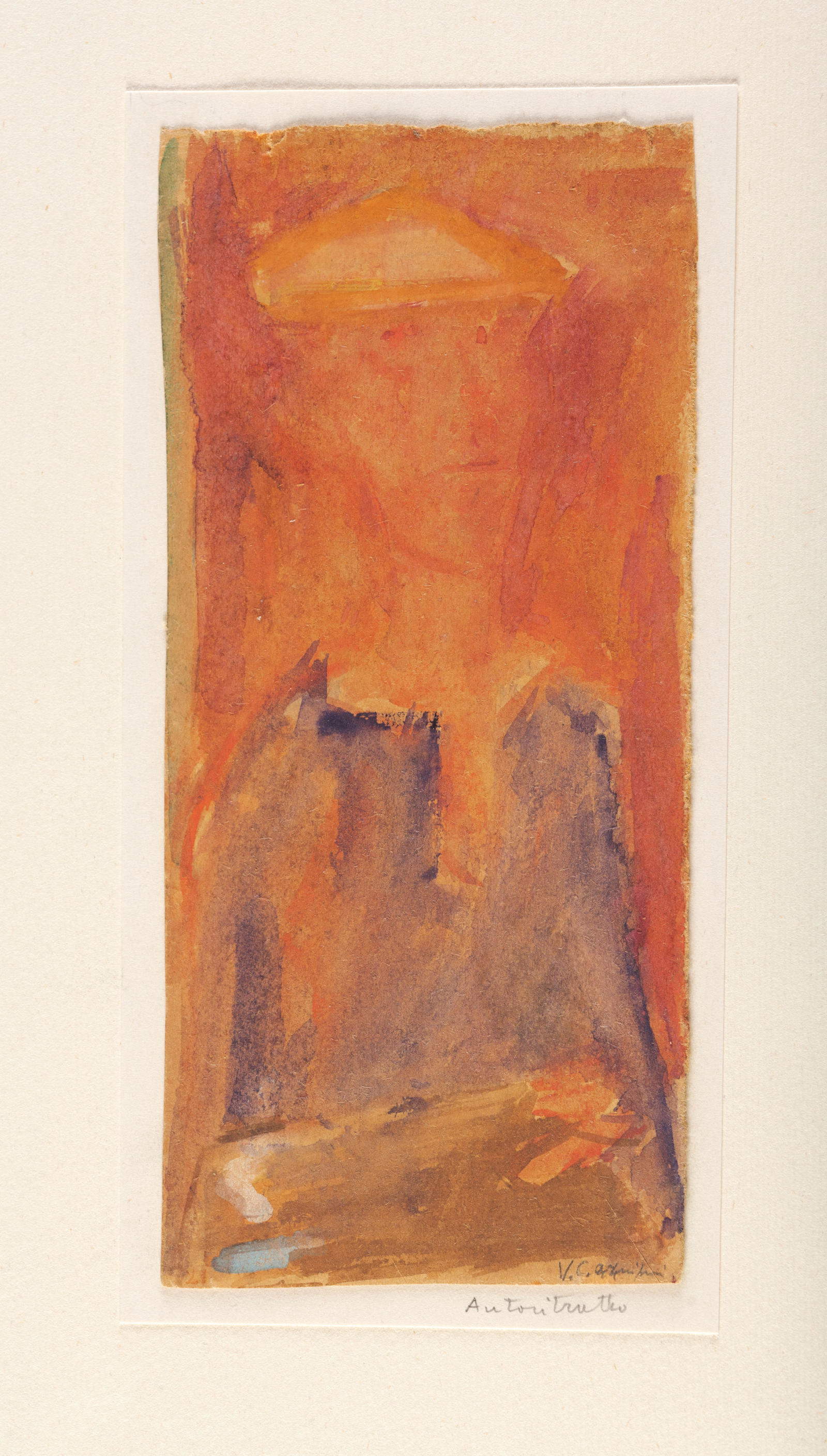
“After a research work that lasted almost two years, marked by many unexpected discoveries, it is with deep emotion that we announce the opening of a major exhibition dedicated to the artistic season that, starting a century ago, saw some young people from Empoli as protagonists,” said curators Belinda Bitossi, Marco Campigli, Cristina Gelli and David Parri. “Between their canonical training at the Art Institute of Porta Romana in Florence and their frequentation of shared spaces, such as the ’stanzina’ on Via Tripoli, those youngsters gave birth to a fellowship characterized by strong bonds of friendship and a passion for the figurative arts that the public can now recognize in the eight sections of the exhibition itinerary.”
Provincia Novecento is also presented as a tribute to the research work of Empoli’s Gallery of Modern and Resistance Art, established in 1973 with the aim of preserving and enhancing the local artistic heritage. The exhibition represents a new chapter in that mission, bringing to the public’s attention the poetic and civic force of a generation that was able to transform the province into a laboratory of expressive freedom. The initiative, in addition to offering a broad overview of the evolution of Empolese art in the heart of the 20th century, invites reflection on the value of memory and the role of local communities in the construction of Italian cultural identity. The exhibition offers a narrative that interweaves biographies and social context, showing how creativity can flourish even far from large centers and become an integral part of national history.
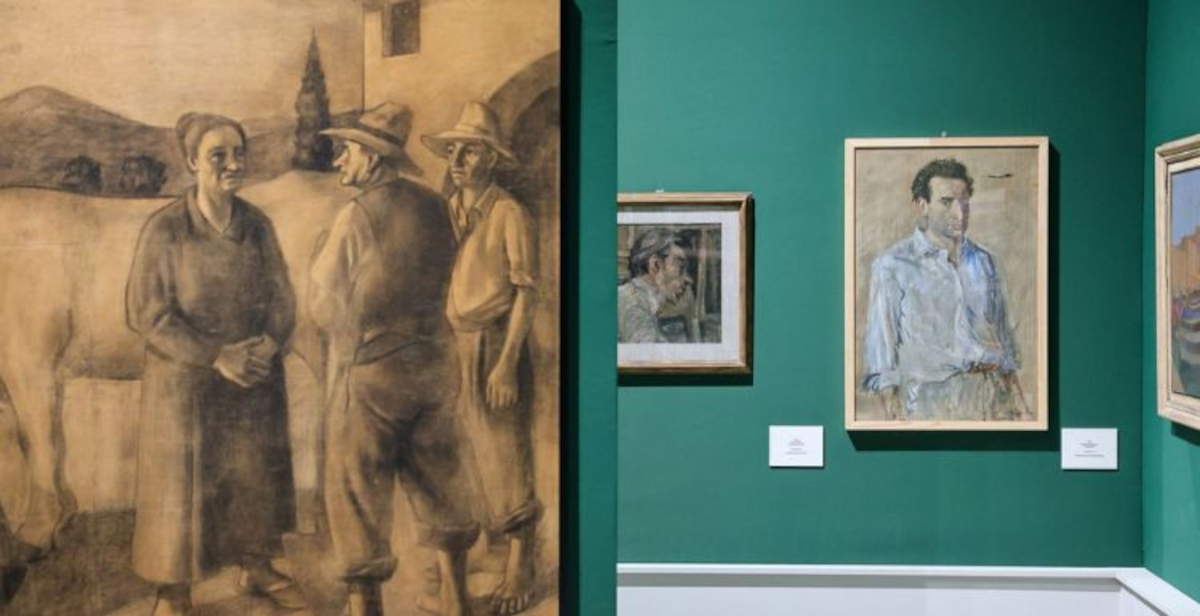 |
| Empoli rediscovers its modern soul: an exhibition chronicles art between 1925 and 1960 |
Warning: the translation into English of the original Italian article was created using automatic tools. We undertake to review all articles, but we do not guarantee the total absence of inaccuracies in the translation due to the program. You can find the original by clicking on the ITA button. If you find any mistake,please contact us.